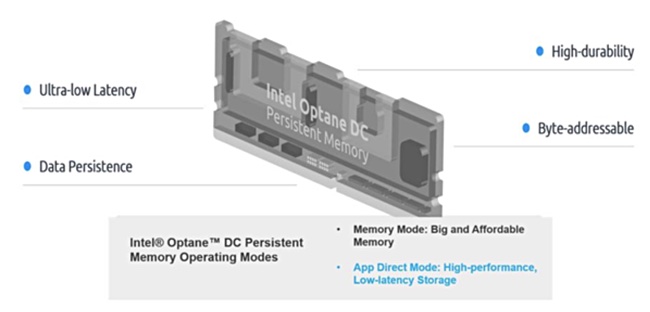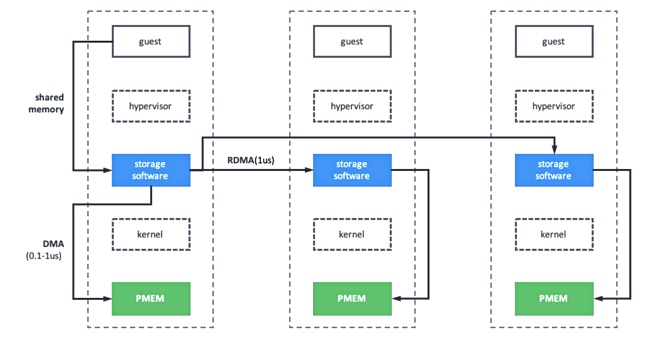SmartX has announced what is probably the fastest hyperconverged infrastructure appliance in the world, if the speeds it has reported are verified.
The Chinese hyperconverged vendor has launched a Halo P product using Optane DIMM caching to push out 1.2 million IOPS with 100μs latency and 25GB/sec bandwidth from a three-node Lenovo-based system, using NVMe SSDs.
Kyle Zhang, co-founder and CTO of SmartX, provided a quote: “We have seen that the introduction of new storage technologies can greatly improve the performance of HCI system and address the real-workload challenges for critical applications. In the future, SmartX will collaborate with Intel and other leading industry leaders to introduce more advanced technologies to lead the next-level innovations in HCI.”

How does SmartX get latency down to that level? It has gone the extra mile with its SMTX OS and uses the Optane DC Persistent Memory DIMMs in byte-addressable App Direct (DAX) mode. This persists written data (VM IO) in any node in its Optane DIMM memory cache. Cached data is also be replicated to the other nodes using the RDMA protocol, which reduces write latency before the write is acknowledged.
Cache data is written down to SSDs when it cools, and promoted back to Optane if it is re-accessed.
The SMTX OS uses the byte-addressable feature of persistent memory to redesign its journal, using 64 byte alignment instead of 4KB (SSD-type) alignment, and so reducing the problem of write amplification with small (sub 4KB) journal entries.
Also, storage virtualization is devolved from the virtual machine (VM) to the storage software stack, through an SMTX ELF boost mode, to avoid performance overhead caused by I/O requests passing through the VMs. Memory is shared by the VM and the storage system to avoid memory replication on the IO path.

RDMA over Converged Ethernet (RoCE) is used to accelerate network IO requests with the protocol operating on the network card.
SmartX claimed its Halo P appliance is powerful enough for OLTP database and machine learning workloads. It can also support more virtual machines than its raw capacity might suggest.
The company has an office in Palo Alto and claims it has the biggest hyperconverged system deployment in China – China Unicom’s “Wo Cloud” – as well as customers in finance, manufacturing and real estate. It has partnerships with Citrix, Mellanox, Commvault and Rancher in the fields of servers, high-speed networks, virtualization, disaster recovery, cloud computing and containers.







